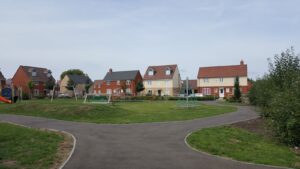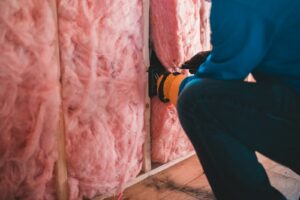Who are local joined-up services good for?
Scotland has introduced a duty to collaborate on all community planning partnerships. Community planning partnerships co-ordinate the delivery of public services in a given regional geography. The duty is about getting a joined-up approach to how resources are allocated to achieve the best service to achieve the best outcomes. All good. In principle.
What are the best outcomes? It depends who is asking the question. If the financial officers are asking, it is the most efficient at the least cost. If the users are asking it is the most tailored to need. If service providers are asking it might be about the easiest way to get things done. Same question, different perspectives, different answers. An issue of complexity.
The drive to achieve financial savings is re-profiling both the public economy and the dynamics of local and regional relationships. In some places, services will be lost. There will be no local GP, no dentist, no school, no post office. No localisation. In some other areas, there might be a one stop shop, clustering public services in a single site: the one to many approach. Does it result in better services for the user?
Rural Scotland, like rural anywhere, and some urban places, is not necessarily well connected. There are no regular bus services, train services or people giving lifts to town. Unless you have a car, you don’t get anywhere. If a one stop shop means the service exists but you have to travel to get there, it raises the question of who travels and how. It also raises two other questions: what impact does a concentration of services have in a place, and what impact does the loss of services in a place have?
A concentration of services could be a good thing. It could result in a concentration of the public economy and leverage potential for other investment. It could result in greater collaboration between services and between service providers and communities and users. It could result in nothing different except all the services are in the one building, still not talking to each other, on the edge of town. How the answer unfolds depends on the question you ask at the start; what is it we are trying to achieve?
A place which loses services could suffer, unbearably. It could on the other hand become part of a network of civic service providers, it could generate new purpose. Three issues seem to influence this: who can participate, what are the barriers, what is the support to do things differently?
In most places, there are many assets, from under-used buildings to people with drive and ambition. Linking them is not easy. It is about listening to how a place works and collaborating to make a difference. It means that sometimes in some places, the answer will not be all about efficiency, but, seen in terms of the total public good, will be about how effective and expressive it is of the culture of a place. This often is not what we do. We focus on the easy routes.
Someone once told me that the best answers are the result of violent conversation. It is easy to suggest tough talk. How does it feel to do it? And we need to.
















It struck me on reading this useful piece from Diarmaid that a very contemporary crux of this theme is the ‘fight to save our high streets’. It’s been heartening over the past year or so to witness some glimmerings of hopeful signs. There seems (in Scotland at any rate) that the various parties who were once firing from their respective silos are now moving towards a consensus on the need, never mind duty, to start on real collaboration. The high street, in whatever perceived form, has gone – gone for good. It now needs to be re-imagined then re-conceived and re-invented. That’s going to need really vibrant and meaningful collaboration from all the stakeholders to the high street.